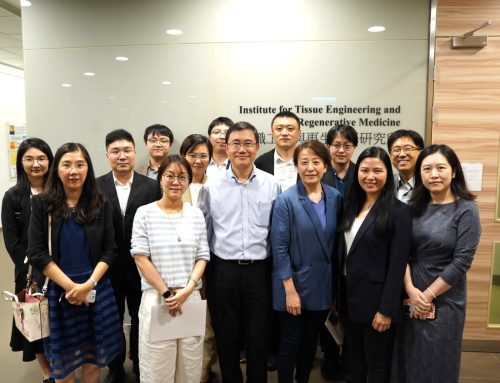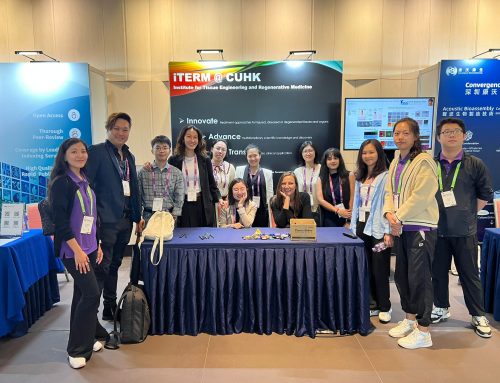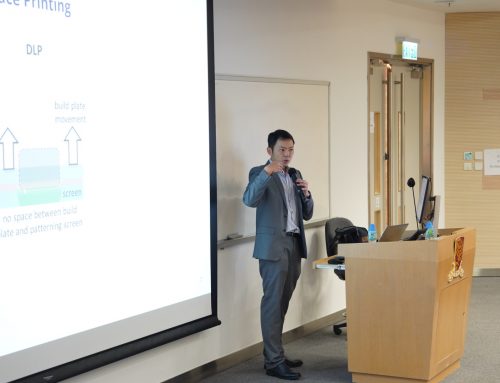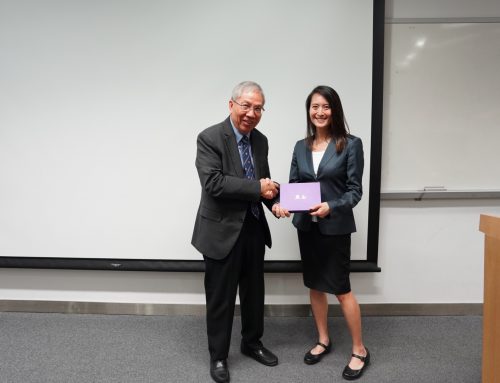At the ESCHM-ISCH-ISB 2021 Fukuoka in July 2021, Ph.D. student Christy Wing Tung WONG, supervised by Prof. Rocky TUAN and Prof. Anna BLOCKI presented her findings on Sourcing of blood-derived angiogenic cells (BDACs) under xeno-free conditions for the treatment of critical limb ischemia. She also won 2nd Runner-up for Best Poster Presentation in the Research Poster Exhibition co-organized by the CUHK Library, the Graduate School and the Independent Learning Centre (ILC) in May 2022. Critical limb ischemia is the most severe form of periphery artery disease that often results in amputations of lower extremities. Conventional therapies do not restore blood flow entirely and do not promote repair of macro and microvasculature and resulting in poor outcomes. Experimental approaches using mesenchymal stem cells (MSCs) only show moderate therapeutic effects. Human peripheral blood-derived angiogenic cells (BDACs) has shown promising angiogenic and revascularization properties. This is due to its perivascular location at sites of angiogenesis which can resemble hematopoietic pericytes. Hence, we hypothesized that BDACs might have a superior ability in angiogenesis when compared to other cell types in promote revascularization and rescue the affected limb in CLI patients. Since sourcing of BDACs involved the use of animal-derived serum, we sought to establish a xeno- and/or serum free protocol. Followed by injecting MSCs or BDACs intramuscularly into CLI murine model. We then investigate the ability of the cells in revascularization, impair necrosis and modulate inflammation in the affected limb. Finally, the secretomes of both cell types were compared to find out what are the differences in determined their angiogenic potentials. Results show that, one xeno-free medium enabled to sourced BDACs that would allow to maintain cell numbers as well as functionality within clinically appropriate timeframe. In the CLI murine model, both cell types show increased of limb reperfusion and reduced of necrosis, with BDACs being twice as effective as MSCs. Histology results also showing less muscle degeneration in BDACs treated animals. The BDACs secretome results in a large number of proteins that exhibit pro-angiogenic and anti-inflammatory properties which could suggest the reason behind why BDACs possessed a superior angiogenic therapeutic effects. As BDACs are derived from an easily accessible and renewable tissue which can be sourced in clinically relevant numbers and timeframe, they may represent an alternative and advantageous cell type for therapeutic angiogenesis.








[…] 2021, Joyce Zhi Xuen LEE , supervised by Prof. Anna Maria BLOCKI and mentored by Ph.D. student Christy Wing Tung WONG, presented her findings on the Effects of Cytokine Storm on Blood Vessel and Lung Cell Cultures. […]